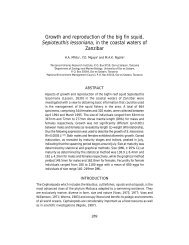gpa_east_africa_case.. - GRID Africa GeoPortal - UNEP
gpa_east_africa_case.. - GRID Africa GeoPortal - UNEP
gpa_east_africa_case.. - GRID Africa GeoPortal - UNEP
You also want an ePaper? Increase the reach of your titles
YUMPU automatically turns print PDFs into web optimized ePapers that Google loves.
CHAPTER 2. COST- BENEFIT CASE STUDIES2.1 MOMBASA CASE STUDY2.1.1 IntroductionThe District of Mombasa covers a total of 282 sq. km, 65 sq. km of which is open water. It isthe smallest among the seven districts that constitute the Coast Province of Kenya. TheDistrict is further divided into the 4 administrative Divisions of Mombasa Island, Likoni, Kisauniand Changamwe. The Island Division is the smallest, but the most built up. It is a port town ofnational and international significance, a center for tourism, maritime commerce and largeindustrial establishments. It also houses large human settlements. The other remainingdivisions are rural in characteristics.Table 1: Area of the District by DivisionDivisionArea in Sq. Km.Mombasa Island13Kisauni100Likoni48Changamwe49Total 210Source: Government of Kenya, Mombasa District Development Plan 1997-2001Population. The population of Mombasa according to the 1999 Population Census is653,000 persons. The population distribution figures by Divisions are not yet available and aretherefore estimated according to the 1989 Census as shown in the table below.Table 2: Population Distribution and Density (persons/km. sq.)Division Population Population DensityMombasa IslandKisauniLikoniChangamwe180,30021800095,400159,30013869218019883251Total 653,000 Average 3,111Source: Government of Kenya, Population Census 1989 and 1999Population growth. The District population growth rate is 4% per annum; rural migration oflabour force for urban employment is the main cause of growth. Mombasa Island and townhave the highest density of population and a concentration of squatter settlements.Changamwe Division also attracts migrant population because of the concentration ofindustrial establishments.Employment. The main source of household income in Mombasa District derives from"informal sector wage employment comprising petty businesses, such as street trading, watervending, hawking, small food, fuel wood and charcoal kiosks, second-hand cloths shops andrepair workshops. These activities are mainly concentrated in the town of Mombasa. Sincethe 1992 there has been a rapid growth of “informal sector” activities under the under thestrain of public sector retrenchments and structural adjustment economic measures.Average Income. Analysis of household income for the Coastal Province of the District for1994 shows that Mombasa had the highest household per capita income of Kenya of K.Sh.57,000 (about 750 US$), mainly from tourism and related urban wage jobs. High income isconcentrated in a small proportion of the urban population while in the rural areas of theDistrict poverty is widespread. Overall, 57% of the population live in poverty.Final Draft Report – Cost Benefit Case StudiesGPA Strategic Action Plan on Sewage, October, 200015



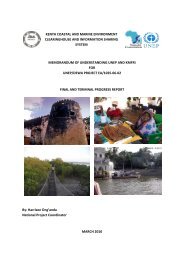
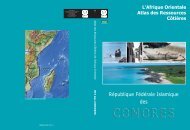
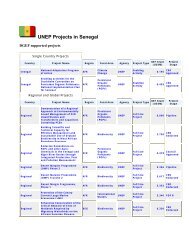

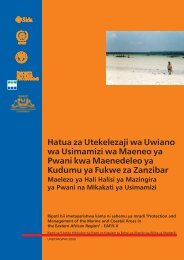
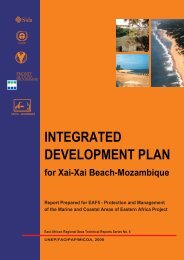
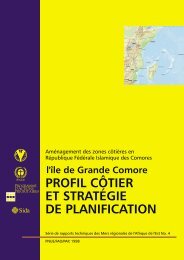
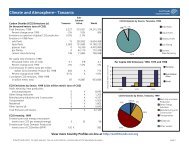

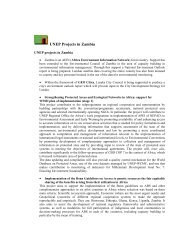
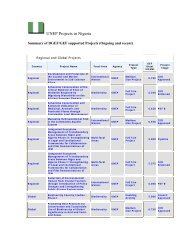
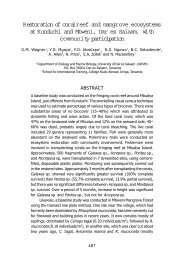
![Please Click to download [English] - GRID Africa GeoPortal - UNEP](https://img.yumpu.com/30633391/1/184x260/please-click-to-download-english-grid-africa-geoportal-unep.jpg?quality=85)
